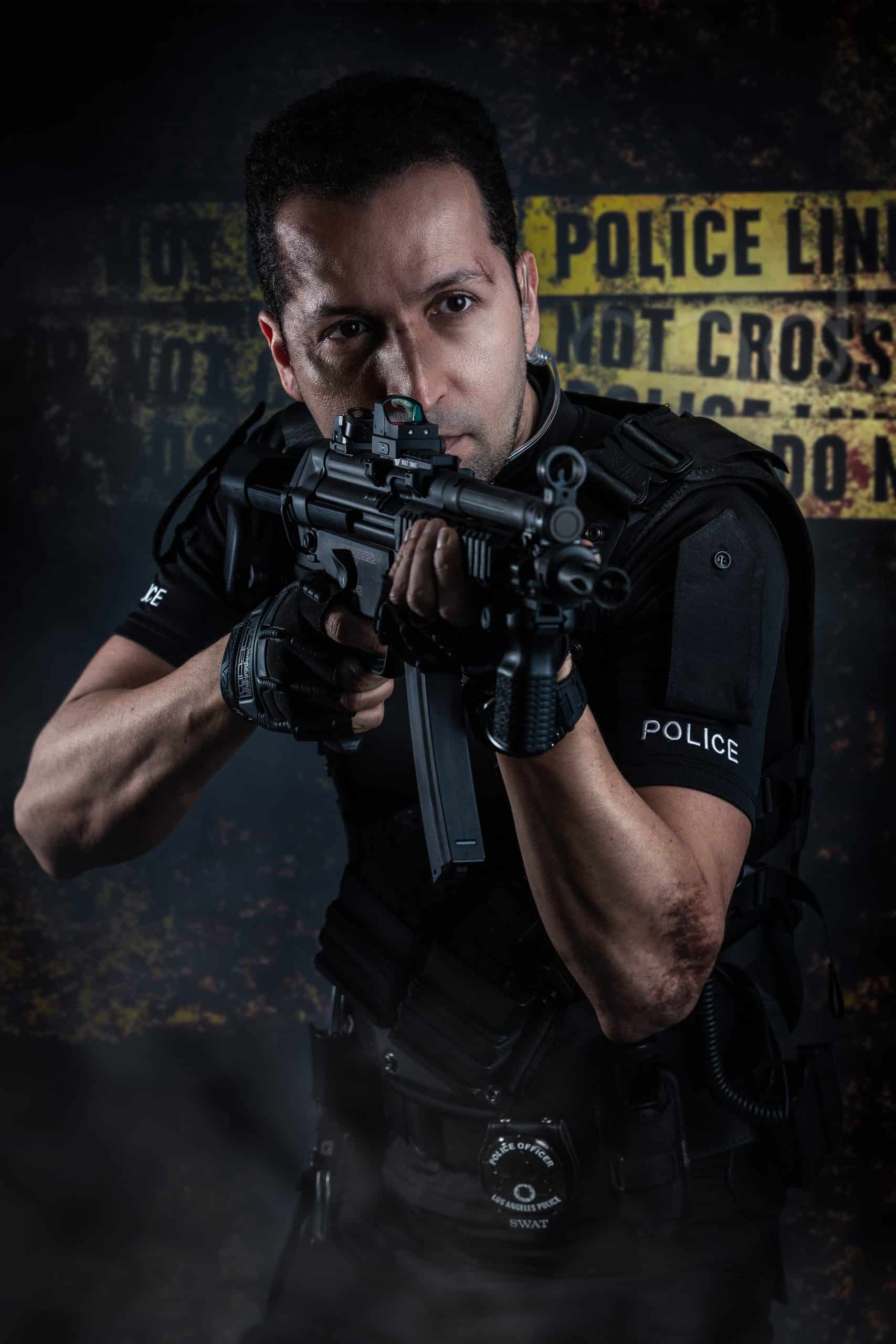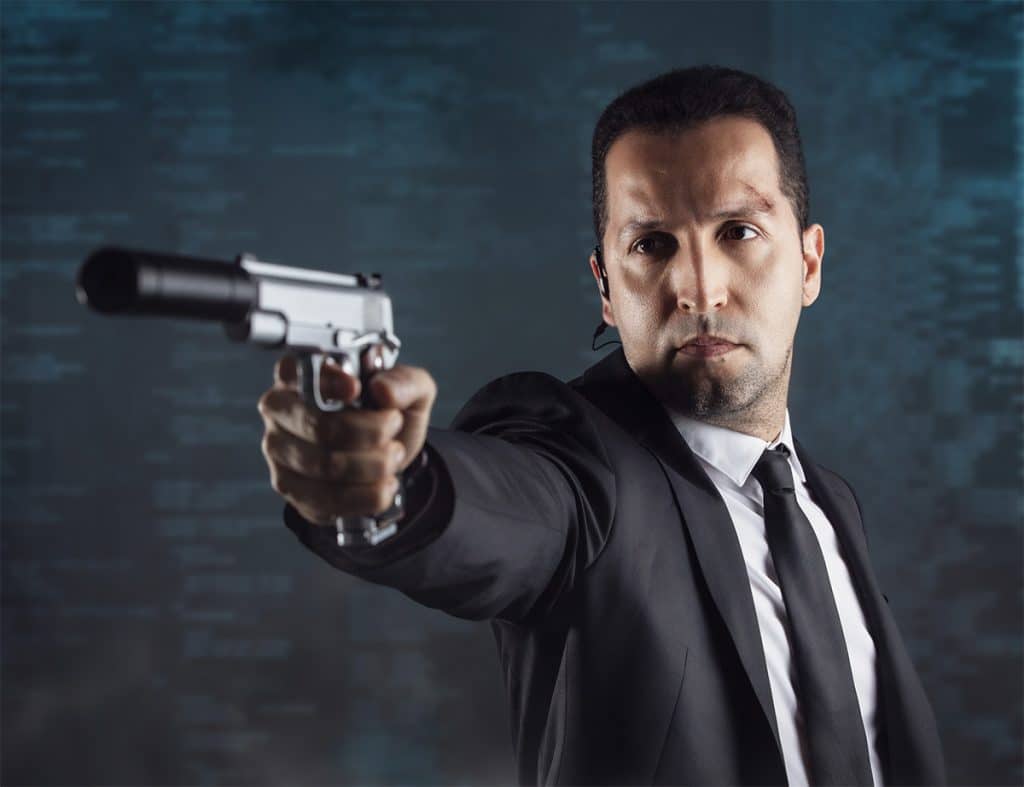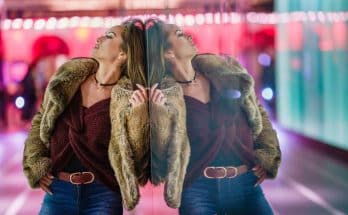In a conversation with Networking Magazine, Lampros Kalfuntzos opens up about both his professional and personal journey.
Lampros Kalfuntzos’s credits include some of the industry’s most high-profile productions, such as “Mission: Impossible – Dead Reckoning”, “Hobbs & Shaw”, “No Time to Die”, “Black Panther: Legacy”, “Ted Lasso”, “The Crown”, and Netflix’s “Back in Action”.

A versatile creative whose career seamlessly connects the worlds of film, photography, and design. Based in the UK with roots in Greece, he has carved out a distinctive path as both an actor and visual storyteller, infusing cinematic flair and artistic vision into every project.
As an actor, Lampros’s adaptability and on-screen presence have been showcased in some of the industry’s most high-profile productions, such as “Mission: Impossible – Dead Reckoning”, “Hobbs & Shaw”, “No Time to Die”, “Black Panther: Legacy”, “Ted Lasso”, “The Crown”, and Netflix’s “Back in Action”. He continues to expand his portfolio across film and television, including recent roles in independent shorts and upcoming international features.
Digital Magazine Extract

Photography
In addition to acting, Lampros is an accomplished photographer and visual designer. His work captures raw emotion and striking aesthetics, ranging from editorial fashion shoots to intimate portraits. His keen eye for detail, developed through years in visual design, translates into photography that feels both cinematic and deeply personal.
Balancing performance and imagery, Lampros thrives on storytelling in all its forms—whether through a character’s journey on screen or a single frame captured behind the lens. For him, acting and photography are not separate crafts but interconnected expressions of creativity, fueled by his lifelong passion for art, people, and the power of visual narratives.
Lampros Kalfuntzos – Interview
Creative Crossroads
How do you see your experiences in acting, photography, and design influencing each other? Can you share a specific project where this interplay was particularly evident?
For me, acting, photography, and design all revolve around the same core principle: storytelling. Acting gives me the ability to inhabit emotions and narratives from the inside. At the same time, photography and design allow me to externalise those stories visually. A great example was the Private Sale campaign I worked on for Ralph Lauren, where my design shaped the overall visual identity. However, my background in film gave me the instinct to treat it cinematically, with motion, almost as if I were directing a scene. That mix helped me craft visuals that weren’t just stylish but emotionally resonant.
Cinematic Influences
Your work spans high-profile films like “Mission: Impossible” and “Murder on the Orient Express.” What aspects of these productions have shaped your understanding of storytelling in both film and photography?
What struck me most about those productions was the sets themselves. Walking onto the Murder on the Orient Express train was like stepping back in time. Every detail, from the upholstery to the lighting, was crafted to tell a story before a single line was spoken. On Mission: Impossible, the scale was immense, but again, the set design carried the narrative—every location was built or chosen to heighten tension and energy. Those experiences taught me that sets are more than backdrops; they are characters in their own right. In my photography, I approach locations in the same way—I don’t just see them as a stage, but as part of the narrative fabric. The environment shapes mood, influences performance, and often reveals as much about the subject as the subject itself.
Lampros Kalfuntzos – Cultural Roots
Being based in the UK with Greek roots, how do your cultural background and experiences influence your artistic vision and the creative stories you choose to tell?
My artistic vision is deeply rooted in Greece, and especially in Larissa, the town where I grew up. Larissa lies in the shadow of Mount Olympus, the mythical home of the 12 Gods. That presence was always part of my film imagination. Greek mythology taught me that every story has layers of human struggle, divine influence, and symbolic meaning, and those themes naturally flow into my photography and acting. While the UK has given me opportunities to expand and connect globally, it is my roots in Larissa and the mythology of Olympus that anchor me, inspiring me to create work that carries emotional depth and a sense of timeless storytelling.
Lampros Kalfuntzos – Emotional Connection
In your photography, you aim to capture raw emotion. What techniques do you use to connect with your subjects to produce those feelings in your work?
It always starts with trust. I spend time talking with my models before the camera is even set up. I ask questions that allow them to open up, and I observe their natural gestures and expressions. When we do start shooting, I try to create an environment where they can be themselves—music, humour, or even silence, depending on what brings out authenticity. My goal isn’t to pose, but to capture a fleeting moment that feels genuine and make them feel at ease.
Balancing Acts
How do you manage the balance between your acting, design and photography careers? Do you find that one influences or enhances the other in your creative process?
Balance is a challenge, but acting, design and photography are complementary rather than conflicting. Acting sharpens my empathy and helps me read people, which makes me a better photographer. Photography, on the other hand, strengthens my visual awareness—composition, light, texture—that I then bring into my acting, especially when working on screen. Each discipline feeds the other, so rather than separate them, I let them enrich one another.
Lampros Kalfuntzos – Artistic Vision
Can you describe your artistic vision when approaching a new project, whether it’s a film role or a photography shoot? What key elements do you focus on?
I always start with the question: What is the story here? Once I have that, I focus on three things—emotion, atmosphere, and detail. In acting, it’s about building a believable inner life for a character. In photography, it’s about creating a mood that evokes a feeling beyond the image. In both cases, the goal is to create work that resonates with and lingers in people’s minds, rather than merely being aesthetically pleasing.
Independent Projects
You’ve taken on roles in independent shorts and international features recently. What draws you to these types of projects, and how do they differ from your work in larger productions?
Independent projects often give me more creative freedom and a closer connection to the story. They may not have the enormous budgets of Hollywood films. Still, they allow for experimentation and risk-taking, which I find very rewarding for future productions. On big sets, everything is highly orchestrated. On smaller productions, there’s an authenticity and urgency that reminds me why I fell in love with cinema in the first place. Both are valuable, but in different ways.
Storytelling Techniques
You mention that you thrive on storytelling in all its forms. How do you approach storytelling differently in photography compared to acting?
In acting, storytelling is immersive—I live the story through my character. In photography, it’s observational—I shape the story through framing and light. The difference lies in perspective: acting is from the inside out, while photography is from the outside in. But both come down to truth, timing, and emotion.

Lampros Kalfuntzos – Future Aspirations
Looking ahead, are there any specific genres or themes in film or photography that you’re eager to explore? What excites you about these potential projects?
I’d love to explore more drama and action thrillers in film because they play with tension and nuance—elements I enjoy as an actor. In photography, I’m drawn to fashion editorial styles and underwater projects, which I pursue when I have the equipment, focusing on cultural identity and human resilience. What excites me most is the possibility of blending the two: utilising cinematic storytelling techniques in photography and incorporating photographic sensibilities into film.
Advice for Aspiring Creatives
What advice would you give to aspiring actors or photographers who wish to carve out their own unique path in the creative industry?
Don’t wait for anyone’s permission. Create your own opportunities. The industry is challenging and unpredictable, but your individuality is your strength. Keep experimenting, creating, and telling stories in your own voice, and surround yourself with people who believe in your vision. Most importantly, stay consistent—success often comes to those who keep showing up. Just have a little faith.
Join us on Spotify!
Contact the magazine.




